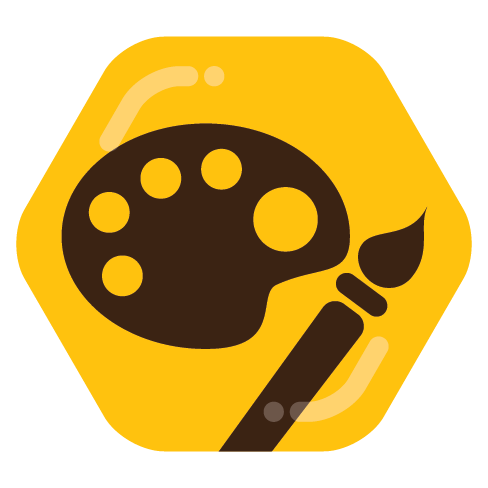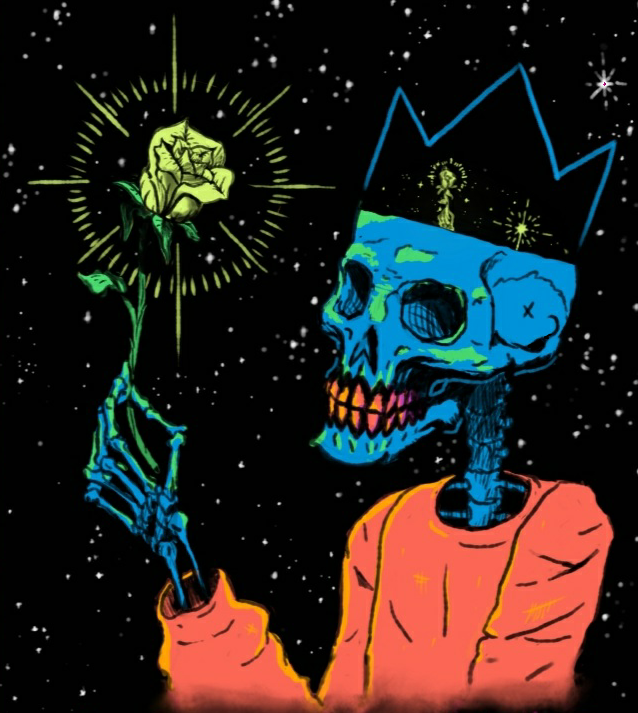I’ve been diving into AI assisted workflows and found an extreme font for creativity. My recent efforts have been towards RPG-style characters like you’d see in a D&D game, and this guy came from the idea of a royal guard of an ancient city, Egyptian/African-esque. The AI gave me a variation with just the shield and I really liked the aspect of not killing but defending. If anyone is curious about the workflow I’d be happy to share :)
Just curious what the “assistance” part of things was?
For sure! Often I’ll come in with a visual idea already, or will iterate on some with the AI giving inspiration. If I have the idea strongly I’ll sketch out the composition and elements I know I want - sometimes on real tricky poses like fingers I’ll take a photo of myself doing them. Throw that into stable diffusion with img-2-img to generate images based on my sketch/photograph to something more full featured or something I hadn’t thought of but really like (you can also set how “dreamy” the AI should be, how much it should vary from the input material).
There’s a lot of detail I could get into but the “assistance” is fleshing out a composition -> I go in and correct anatomical mistakes or elements I want to change specifically -> run it through again if it needs it.
I’m a little bit conflicted honestly, because I’m not a fan of the idea of A.I. art, in general. But I also have to admit this result looks really good. Very cool character and perspective! I also like your take with him being a defender/carrying no weapon.
I think maybe it needs some more work in the surroundings, because some of the buildings don’t make sense (missing walls e.g. around his shield).
I hear you, when this stuff was blowing up I couldn’t shake that it was trained off artists’ work that they didn’t consent to having in the datasets. Sure it’s similar to how human artists work (for music and art the prevailing recommendations for me, or any artist, was to consume material relevant to your art. For visual art they really just wanted you to constantly keep your head open for shapes and form) but it felt closer to plagiarism than inspiration. Some generations can be very close to an individual style (especially if the model was trained specifically off that) but I found that generations that omitted an artist ended up creating something compelling but not tied to one artist specifically - still undoubtedly a conglomeration of the multitudes it was trained on (including photography). It’s muddy water for sure, and the angle of AI replacing workers in general is still relevant - but I also think it empowers people like me who have the visual ideas but can use the help making them fully fleshed out.
The crux, for me, feels like “when you can see whatever you want, what do you want to see?” A lot of our AI woes are reflections of questionable human behavior (racist chat models, AI for war, deepfakes and dishonesty).
How do you feel about it?
It looks amazing, I just can’t shake how much the characters face resembles the lyricist Ryan Caraveo!
Edit: Reference photo & song: https://yewtu.be/watch?v=xikczrPm_1Q&listen=false





